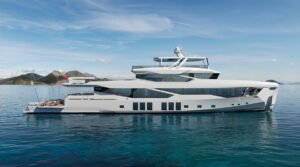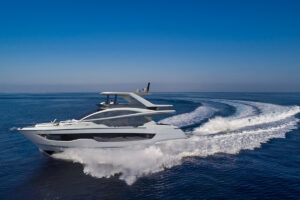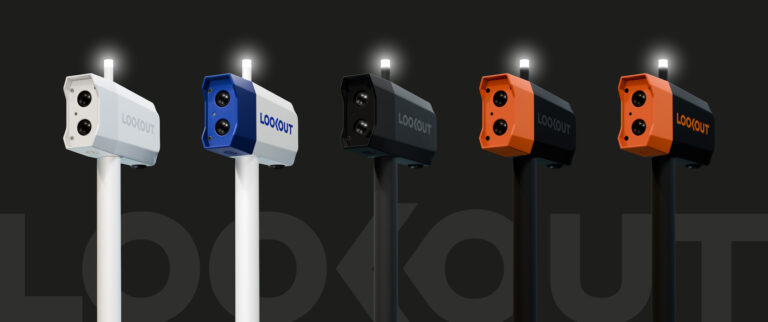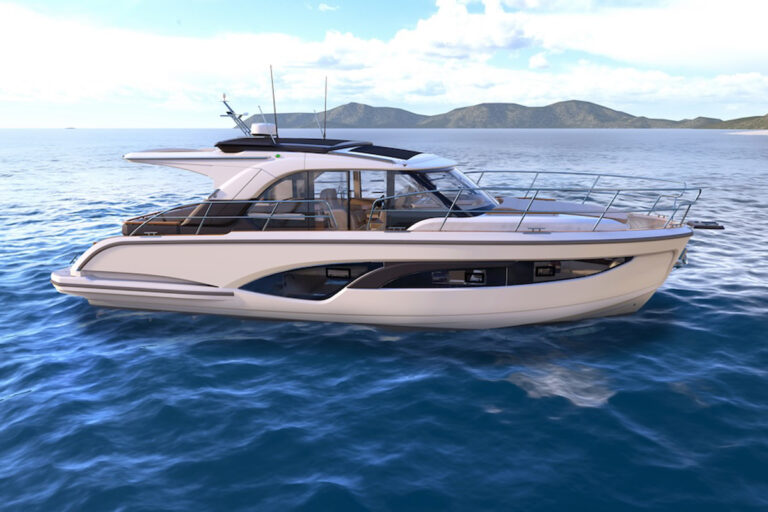
Big-Fish Chaser
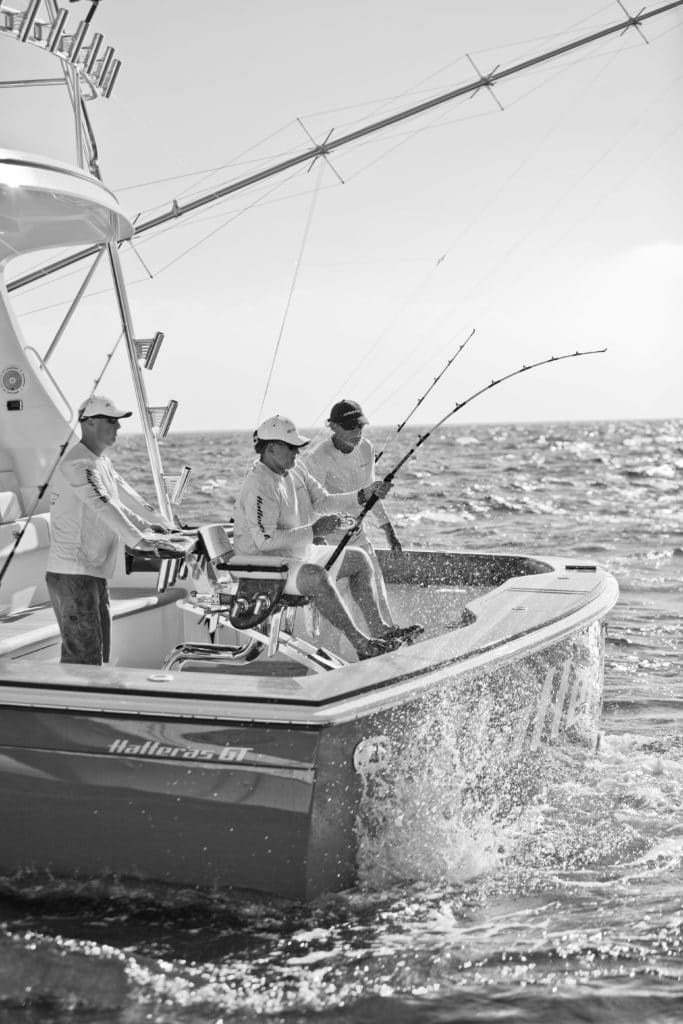
Space For Days
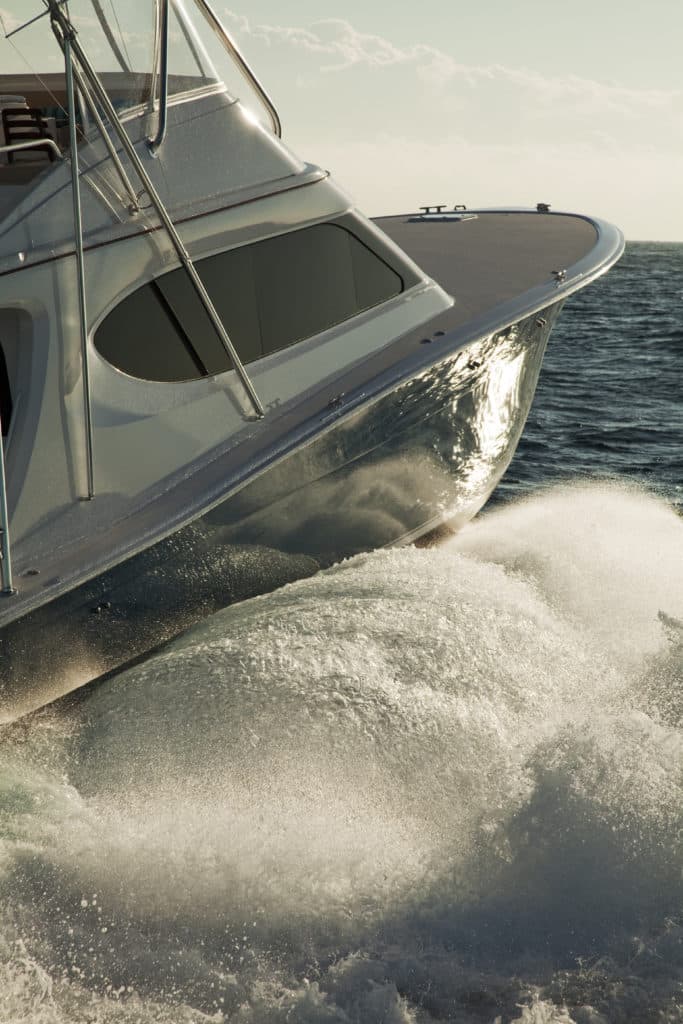
Carolina Flare
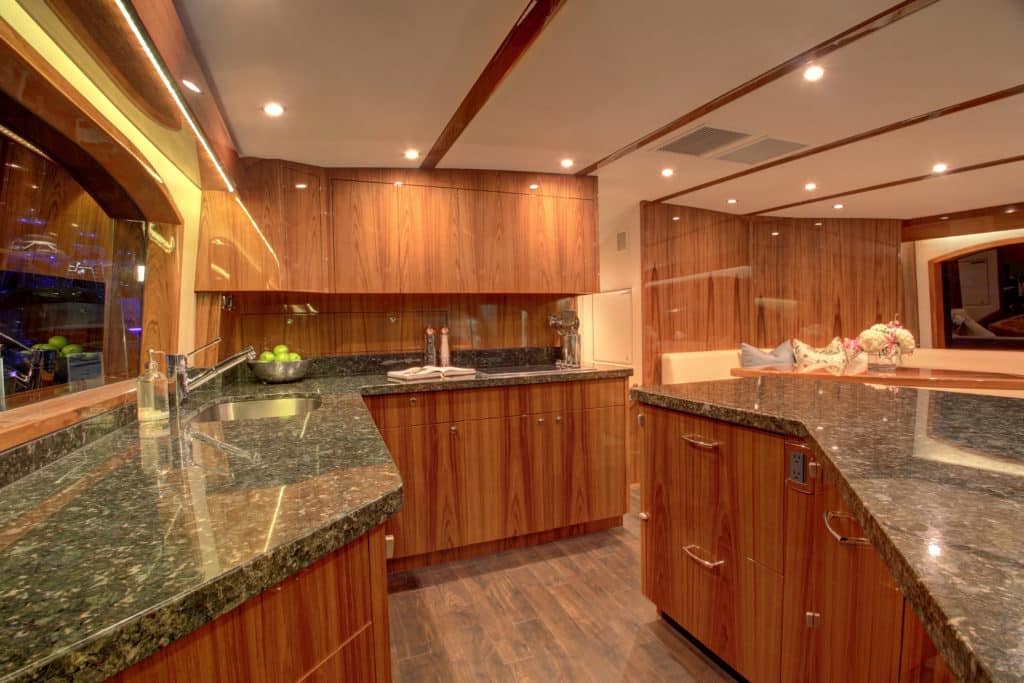
Business Outside, Luxury Inside

Tower Power

Speed Demon
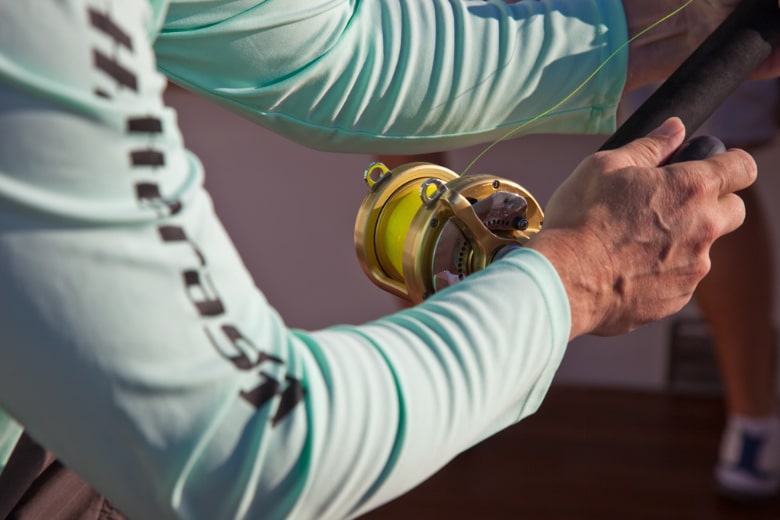
Leading The Charge

Super Seating
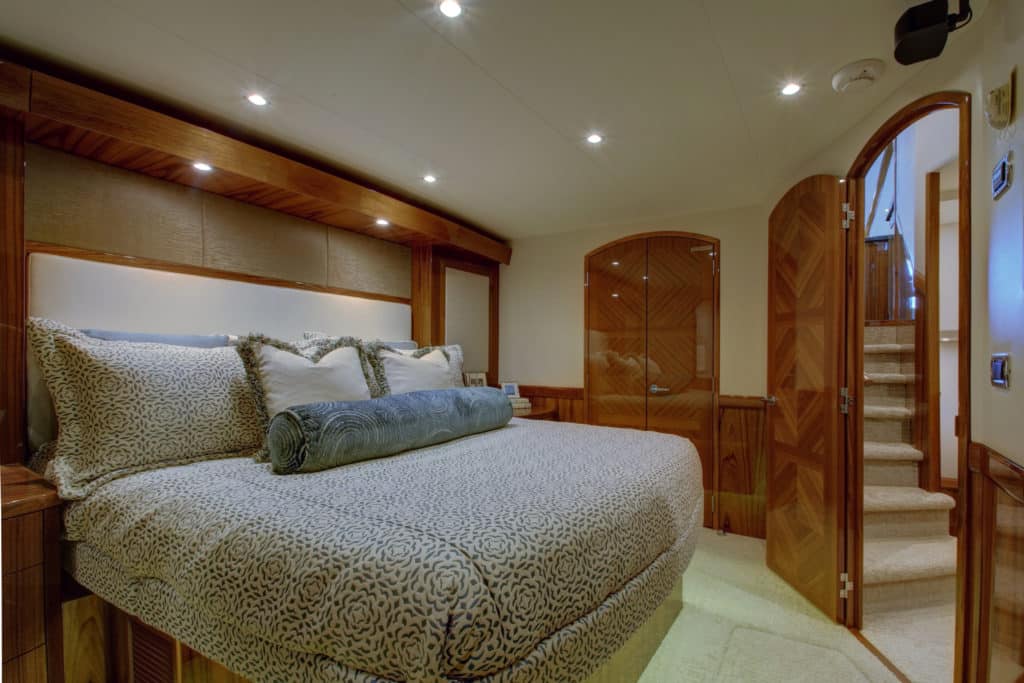
Back in the late 1950s, Willis Slane dreamed of building a sport-fisherman from a then-new material called fiberglass, with separate staterooms for four anglers, a roomy salon and a complete galley. Oh, and it had to beat back the mad mix of seas created by the warm Gulf Stream and cold Labrador Current off Cape Hatteras. In March 1960, the first Hatteras convertible was launched. She was the 41-foot Knit Wits.
Fast-forward to the present day, and it’s easy to see that the [Hatteras Yachts powers-that-be][] have kept Slane’s vision alive, building with the same attributes and commitment. Now, however, the dream is the buyer’s, and the vision is the Hatteras GT70 Convertible.
The newest entry in the GT line, the 70 fits nicely as a step up from the GT63, boasting a 21-foot-4-inch beam (that’s 16 inches wider than the 63’s). She is designed to offer everything needed for casual or tournament fishing, with an interior as elegant as her construction is tough.
Entering the salon, I was impressed with the arrangement where seating abounds. An L-shaped settee sits across the aft bulkhead and up the starboard side, which has deep stowage underneath. There’s also a custom-beveled triangular coffee table and an end table just forward of it. A 40-inch TV, Bose V35 home theater, Blu-ray player and stereo add to the comfort value. To port, two fixed bar stools at the granite-top island make a great breakfast nook. The island doubles as a space for prep and for serving and dining, and it includes six undercounter Jenn-Air fridge/freezer drawers. It also creates a dogleg path through the galley with two entry and exit points.
Forward and up one step is the galley and dinette level. Designwise, it keeps everyone in the mix with no intrusive bulkheads or high-back seats. A U-shaped dinette is elevated, good for keeping eyes on lines and offering headroom below.
A fully rigged galley is derigueur nowadays, and Hatteras doesn’t skimp. There’s the four-burner flat Miele cooktop, Sharp convection microwave, stainless-steel sink and garbage disposal. Two more Jenn-Air drawers are included under the port granite counter. The high-gloss teak wood finish throughout the salon and galley is eye-catching, and the teak accent strips complement the light-shade carpeting and fabric headliner.
I couldn’t wait to see what hull No. 1 of the GT70 had to offer from a performance perspective. Out on the water, I was not disappointed.
Visibility is everything, and I found that there’s not a bad seat in the house thanks to the large, frameless side and aft windows. I also admired the layouts of the five staterooms belowdecks. From a central staircase, there’s access to the forward guest cabin and starboard master cabin, with queen and king berths, respectively, en suite heads with shower stalls, and hanging lockers. To port is a double bunk room that shares the day-head.
Hatteras used the small void between rooms to construct a locker that holds 14 rods (sans reels) and a separate washer/dryer closet. Aft and down three steps are the other two staterooms (ideal for crew) with direct access to the engine room. This is definitely a fishing boat, but don’t discount her ability to be a family cruiser too.
It’s all business in the 200-square-foot cockpit, which has teak coaming, a fighting chair, a transom door, a 50-gallon transom livewell and 30-plus rod holders and rocket launchers (here and on the tower). Stowage for bait and gear is under the mezzanine seats and deck. A cooler ensures refreshing drinks, and the ice maker will keep the catch just as chilled. The molded tackle center has three drawers with bottoms that are vented and can drain, as well as a cutting board insert and space for plastic lure and hook boxes.
I couldn’t wait to see what level of performance Hull No. 1 of the GT70 had to offer, especially since she was powered with 2,600-horsepower MTU 16V 2000 CR diesels spinning five-blade Michigan wheels set inside prop tunnels. Those are big block motors for a big sport-fishing yacht.
Wanting to experience the GT70 from top to bottom, i ascended the tuna tower to the upper perch for a bird’s-eye view.
Out on the water, I was not disappointed. The GT70 moved along at 13.7 knots while those MTUs turned 1,200 rpm and burned 50 gallons per hour. That was a tame speed for this battlewagon. When she opened up to 20.5 knots at 1,500 rpm (100 gph), it was time to hold on. The pure thrust this yacht delivers will get her 120,000 pounds up and out of the hole in a hurry. My test vessel easily made 34.3 knots at 2,100 rpm (192 gph), and on the pins, the GT70 hit 40.9 knots at 2,450 rpm (266 gph). In addition to specifying sheer horsepower, the Hatteras design team created an effective and efficient modified-V hull form with double chines and side step-outs that deliver a sharp, soft ride with reduced spray. Also noteworthy was the lack of noise. There was not a significant jump in the decibel level as she increased speed, and conversation was easy thanks to the underwater exhaust that kicks in as engine rpm increases. Snug-fitting and quiet side curtains from Florida’s P&R Canvas helped too.
We had light winds and only a 2-foot ocean, which is not a wave-busting day, but Richard Wagner’s Ride of the Valkyries was playing in my head as the GT70 screamed through the inlet. She inspires excitement. We hunted for boat wakes and crossed a few of our own to check the spray signature, and the finely tuned hull had sufficient flare to throw the seas away from the boat. More impressive was the minimal water disturbance in trolling mode, allowing for clean lanes and more natural-looking swimming baits and lures.
The ability to maneuver on a big fish is critical, so I asked Capt. Curtis Josey to show me the dance. He goosed the throttle over 7 knots with the transom essentially pushing the water back. More water came in through the side-mounted scuppers than over the gunwale, but drained just as fast.
| Specifications | Builder Supplied Numbers |
|---|---|
| Length Overall | 70’6″ (21.49 m) |
| Beam | 21’4″ (6.5 m) |
| Draft | 5’0″ (1.52 m) |
| Freshwater Capacity | 330 gal (1,249 l) |
| Twin CAT Acert Diesel Engines | 1,900 BHP (1,416.8 kw) |
| Fuel Capacity | 2,000 gallons (7,571 l) |
A pod-style helm station allows for electronic boxes on either side of the helm with a full console that easily fit four Garmin displays. A drop-down overhead console can be fitted with radios, an engine display or other units. High Seas Technology fits out the electronics for Hatteras, and it did a yeoman’s job of spacing out the components.
Wanting to experience the entire GT70 from top to bottom, I ascended the tuna tower to the upper perch for a bird’s-eye view. Towers are great for spotting and chasing tuna and other pelagic species (say, a big blue marlin) and as a place for a control station to run the yacht. They also offer a higher point for mounting antennas, and a pretty good view too.
If Slane were alive today and could see the GT70, he would be quite pleased with it, I suspect. The dream lives on. Hatteras Yachts


